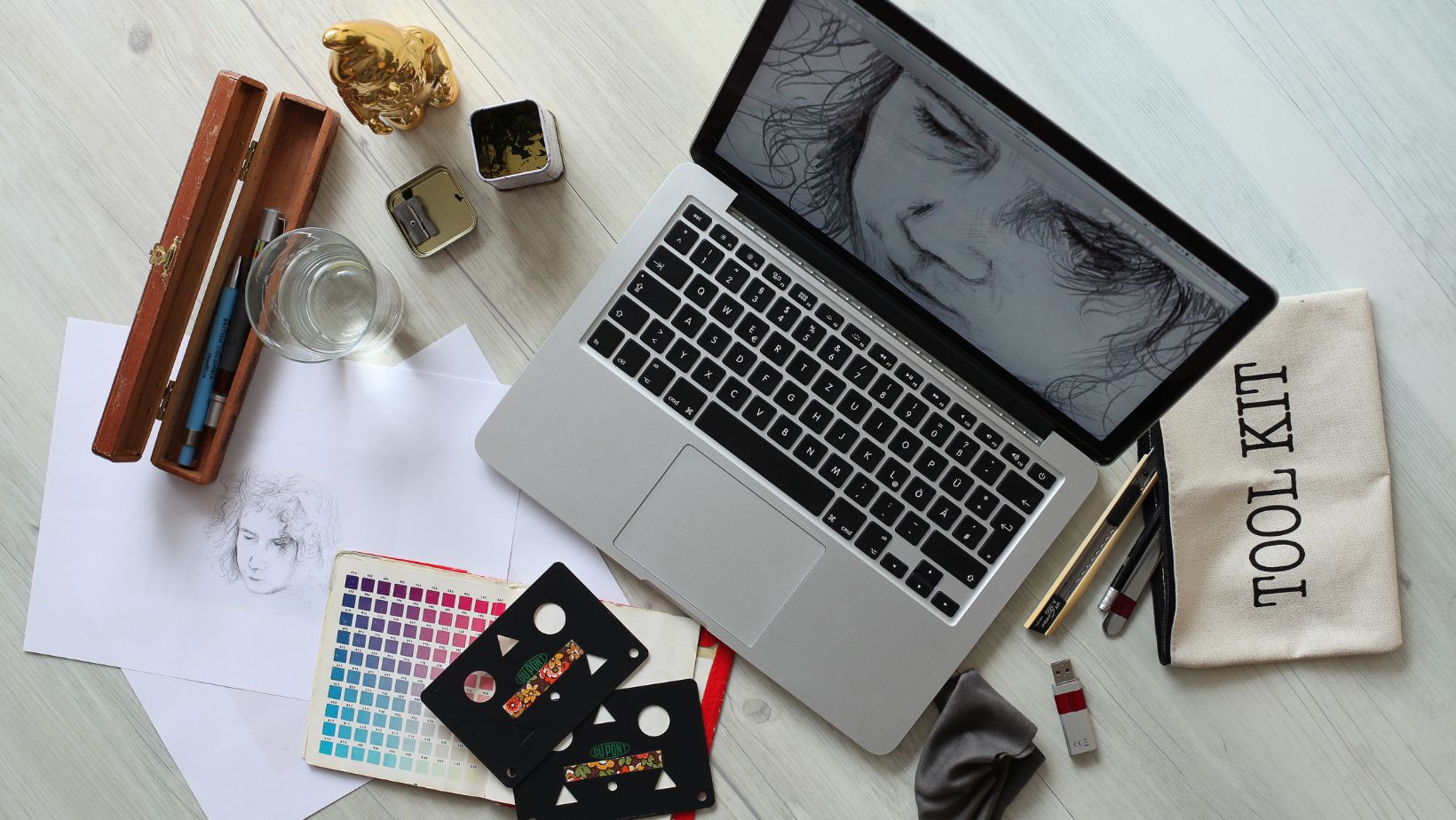If you’re new to Adobe Illustrator and wondering how to fill in shapes or objects, you’ve come to the right place. In this article, I’ll guide you through the process of filling in elements using Adobe Illustrator’s powerful tools. Whether you want to add a solid color, a gradient, or even a pattern, I’ll show you step-by-step how to achieve your desired effect.
To start filling in an object in Adobe Illustrator, first select the shape or object you wish to work with. Then navigate to the “Fill” option located at the bottom of the Tools panel on the left side of your screen. Clicking on it will open up a range of options for applying colors and patterns.
Table of Contents
ToggleHow To Fill In Adobe Illustrator
Navigating the Adobe Illustrator Workspace
When it comes to filling in shapes or objects in Adobe Illustrator, understanding the interface is essential. As you launch the program, you’ll be greeted by a workspace that consists of several key elements. The Tools Panel, Control Panel, and Panels are all integral parts of the interface that allow you to navigate and manipulate your designs efficiently.
The Tools Panel serves as a hub for various tools and functions that aid in filling shapes. You’ll find tools like the Direct Selection Tool, Rectangle Tool, Ellipse Tool, and many more. Each tool has its specific purpose and contributes to creating precise and visually appealing fills within your artwork.
Exploring the Tools Panel in Adobe Illustrator
To fill in shapes or objects using Adobe Illustrator’s Tools Panel:
- Select the shape or object you want to fill.
- Choose the Selection Tool (V) from the Tools Panel.
- Click on a specific shape or draw a new one using tools such as Rectangle, Ellipse, or Polygon.
- With your shape selected, navigate to the Color Palette located on the right side of your workspace.
- Click on either the Fill Color box or use keyboard shortcuts (Shift+X) to toggle between Fill and Stroke colors.
- Choose a desired color from either swatches provided or create custom colors using RGB values or hexadecimal codes.
Remember that Adobe Illustrator offers numerous advanced features for filling shapes beyond basic solid colors; gradients, patterns, textures can all be applied with precision through various panels and options.
Understanding Layers and Artboards in Adobe Illustrator
To better organize your artwork while filling shapes, Adobe Illustrator employs a Layer system. Layers allow you to separate different elements of your design, making it easier to manage and modify individual components. Think of layers as transparent sheets stacked on top of each other; they help maintain order in complex illustrations.
Artboards, on the other hand, serve as virtual canvases within the Illustrator workspace. Each artboard represents a specific area where you can create or import your designs. You can have multiple artboards within a single document, allowing for seamless workflow and efficient management of various project elements.

Creating a New Document in Adobe Illustrator
To fill in Adobe Illustrator, the first step is to create a new document. Here’s how you can do it:
- Launch Adobe Illustrator: Open the software on your computer. You’ll be greeted with the welcome screen.
- Choose “Create New”: Click on the “Create New” button or navigate to File > New from the menu bar. This will open the New Document dialog box.
- Set document properties: In this dialog box, you can specify various properties for your document, such as artboard size, orientation, and units of measurement.
- Artboard Size: Select a preset size or enter custom dimensions for your artboard.
- Orientation: Choose between landscape or portrait mode.
- Units: Determine whether you want to use inches, pixels, points, or other units of measurement.
- Advanced options (optional): If needed, you can explore advanced options like bleed and color mode by clicking on the “Advanced” tab in the dialog box.
- Bleed: Specify a bleed value if your design requires it.
- Color Mode: Select either RGB (for web and screen) or CMYK (for print) depending on your project requirements.
Remember that Adobe Illustrator offers an extensive range of tools and features that allow you to create stunning illustrations and designs from scratch or modify existing ones with ease. With practice and experimentation, you’ll become more proficient at filling in objects using colors, gradients, patterns, and textures.
So go ahead, dive into the world of Adobe Illustrator, and let your imagination run wild!






